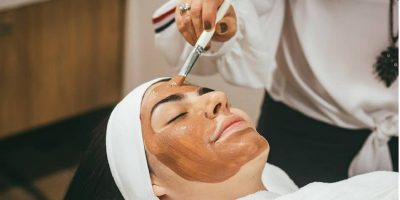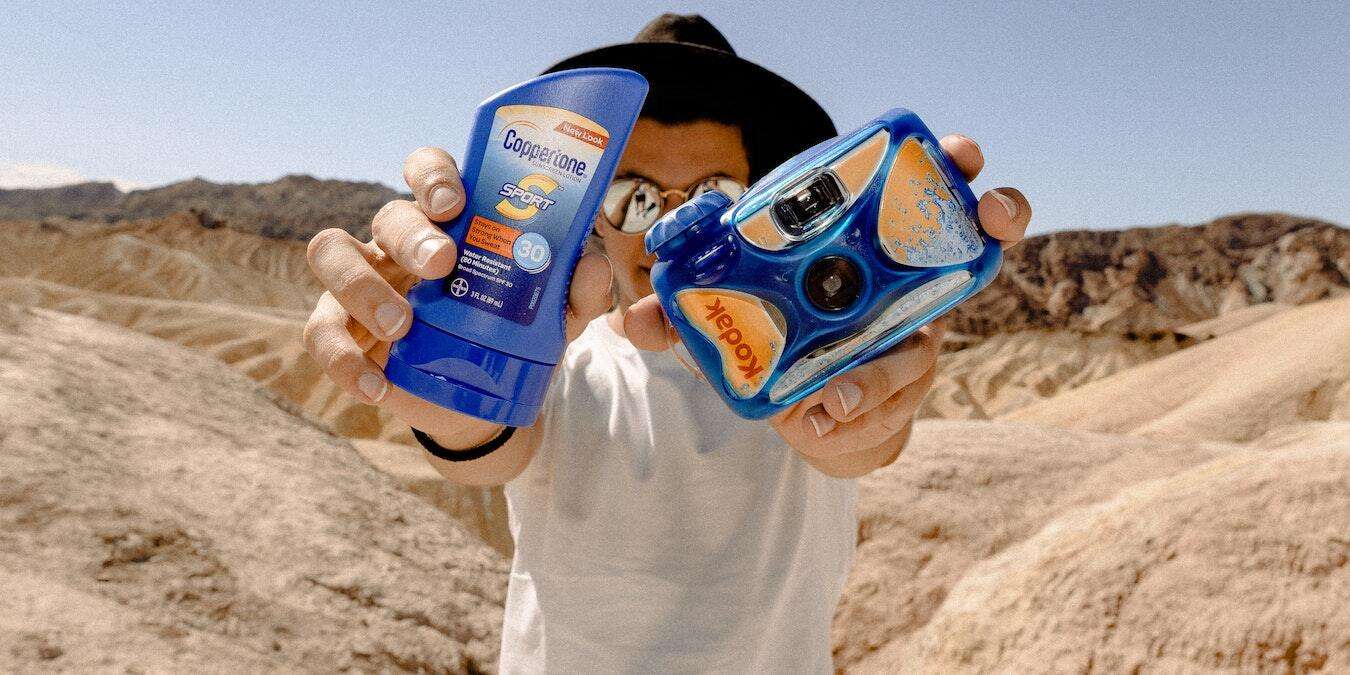
Most people love spending as much time as possible outside during summer. All that time out in the backyard or swimming in the pool means your skin is directly exposed to the sun’s UV rays, which can cause sunburns or other skin damage if you aren’t careful. Luckily, this is why sunscreen exists: it protects your skin so you can enjoy the summer sun without damaging your body.
With so many sunblock options now, buying something and protecting your skin is easy. However, that also means you have many options, not all of which may be best for you. Therefore, you need to know what type of sunscreen is best for you based on your skin type and why you’re outside.
Sunblock Lotion: Great For Even Coverage
Sunscreen lotion, also known as sunblock lotion, is a sun-protecting product designed to shield the skin from the harmful effects of the sun’s ultraviolet (UV) rays. It is specifically formulated to provide a combination of moisturization and sun protection.
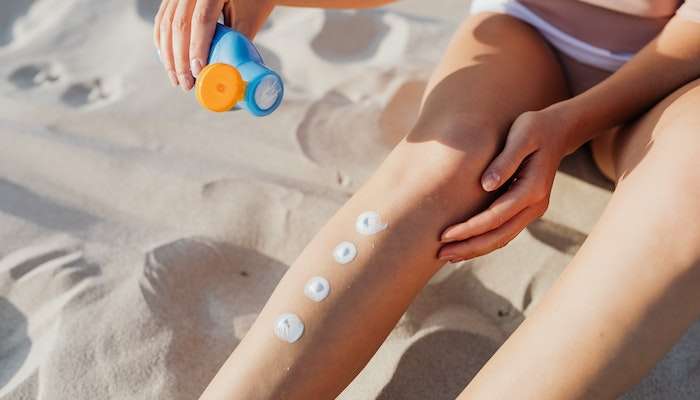
A lotion sunscreen typically includes a combination of active ingredients that shield the skin from UVA and UVB rays. These ingredients can include chemical filters, physical blockers, and other compounds. Sunblock lotions also contain ingredients that nourish and hydrate the skin. These ingredients prevent dryness and maintain your skin’s health and elasticity.
Sunscreen lotions are versatile and widely used. They have a creamy consistency and are easy to spread evenly over the skin, ensuring thorough coverage. They are also available in various SPF levels, allowing you to choose the appropriate level of protection based on your skin type and sun exposure conditions. Sunblock lotions are suitable for both body and face applications, making them the best general sunblock option.
If you’re looking for a recommendation on a high-quality sunscreen lotion, we recommend Blue Lizard Mineral Sunscreen if you want an all-natural option or Banana Boat Light As Air Sunscreen for a bargain sunblock that works well for everyday use.
Spray Sunscreen: Best for Quick Applications
Spray-on sunscreen is formulated to dispense from an aerosol can or pump bottle. To apply, you hold the bottle a short distance from your skin, spray the fine mist onto your skin’s surface, then rub it in for even coverage. This makes it convenient and quick. It also makes it easy to cover large areas of the body with little to no effort.
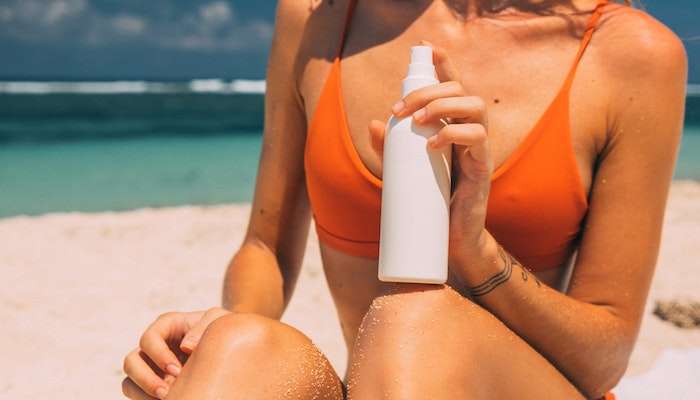
Despite its unique packaging, sunblock sprays contain the same active ingredients as other forms of sunsblock. These active ingredients absorb, reflect, and scatter the UV radiation, reducing its penetration into the skin. Unlike traditional sunblock lotions, spray sunscreen is fast-drying and less likely to leave a greasy residue on your skin.
Although many people love the convenience of spray-on sunblock, you must follow the application process correctly to ensure adequate skin protection. Many people make the mistake of over-spraying, holding the aerosol too far from the body, or not rubbing in the spray for thorough coverage. There’s also an inhalation risk if you don’t apply in a well-ventilated area or spray directly on your face.
These small issues aside, sunscreen spray is great for quick application and reapplication on busy summer days. For the best results, we recommend COOLA Organic Sunscreen Spray or Banana Boat Sport Sunscreen Spray.
Sunblock Sticks: Ideal for Facial Applications
Sunscreen sticks are sun protection in solid form, similar to a lip balm or deodorant stick. Because of this, they provide convenient for precise application for small, sensitive areas, such as around the eyes or on the lips. These sticks come in various SPFs, so you can choose what works best for your skin type and needs.
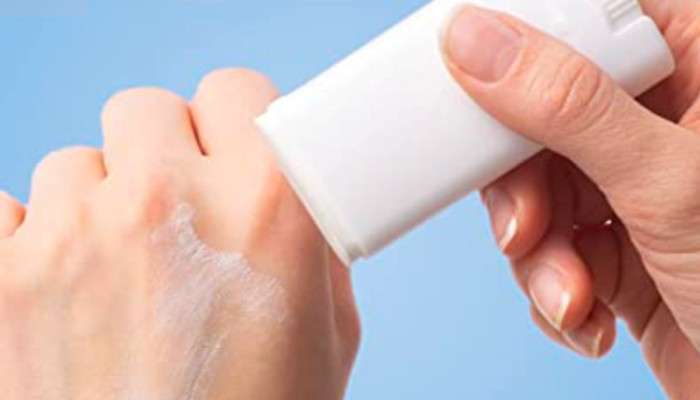
Sunblock sticks are one of the most portable and mess-free sunblock options, which makes them great for carrying in a purse or fanny pack. It also doesn’t need time to absorb into the skin or dry like traditional sunscreen lotion. For this reason, stick sunblock is excellent for activities like hiking and moments where you need quick coverage, like evening outdoor events.
Unfortunately, the sticks’ thick consistency and application process may not be as suitable for large body areas. Instead, they are intended for touching up or covering small areas that require careful application, like your face. If you are in direct sunlight for long periods, use a sunscreen stick with another type of sunblock from the list, such as lotion or spray.
If you are interested in trying out a sunblock stick, we recommend Sun Bum Original SPF 30 Sunscreen Face Stick for general, everyday use or Aveeno Protect + Soothe Mineral Sunscreen Stick for anyone with sensitive skin.
Sunscreen Gel: Good for Acne-Prone Skin
One of the most annoying things about sunblock is its propensity to make people with acne-prone skin break out. Luckily, sunscreen gels offer a solution for this frustration. This form of sunblock has a lightweight and non-greasy texture, making it ideal for individuals with oily skin that easily breaks out.

Unlike sunscreen lotion, gel sunblock doesn’t offer the same moisturization properties. Instead, it provides UV protection with a matte finish on the skin. Because of this, people who prefer a lighter texture sunblock will appreciate sunscreen gel.
There are different gel formulas. Some are designed specifically for facial application, while others are designed for full-body protection. Regardless, you always want to verify that the gel sunblock you select provides broad-spectrum protection against both UVA and UVB rays. You also want to select an SPF level that matches what you typically use.
The most popular sunscreen gel by far is Supergoop! Unseen Sunscreen. It’s oil-free, reef-safe, and perfect for comprehensive protection.
Frequently Asked Questions
When do I need to use sunscreen?
According to the American Academy of Dermatology, you should apply sunblock anytime you plan to be outside and have a portion of your skin exposed to the sun without clothing. This includes your face, arms, and legs.
What type of sunscreen should I use?
You can use any form of sunscreen mentioned in this article as long as it is SPF 30 or higher and provides broad-spectrum protection. It would help if you also used water-resistant sunblock in a pool, lake, stream, or ocean.
How often should I reapply sunscreen?
You should reapply your sun protection every two hours, regardless of what you are doing outside or what type of sunblock you use.
Does sunscreen expire?
The US Food and Drug Administration requires that all sunblock sold in the United States have a shelf life of three years. However, many manufacturers will also post an expiration date on the sunscreen they sell.
Image credit: Pexels




